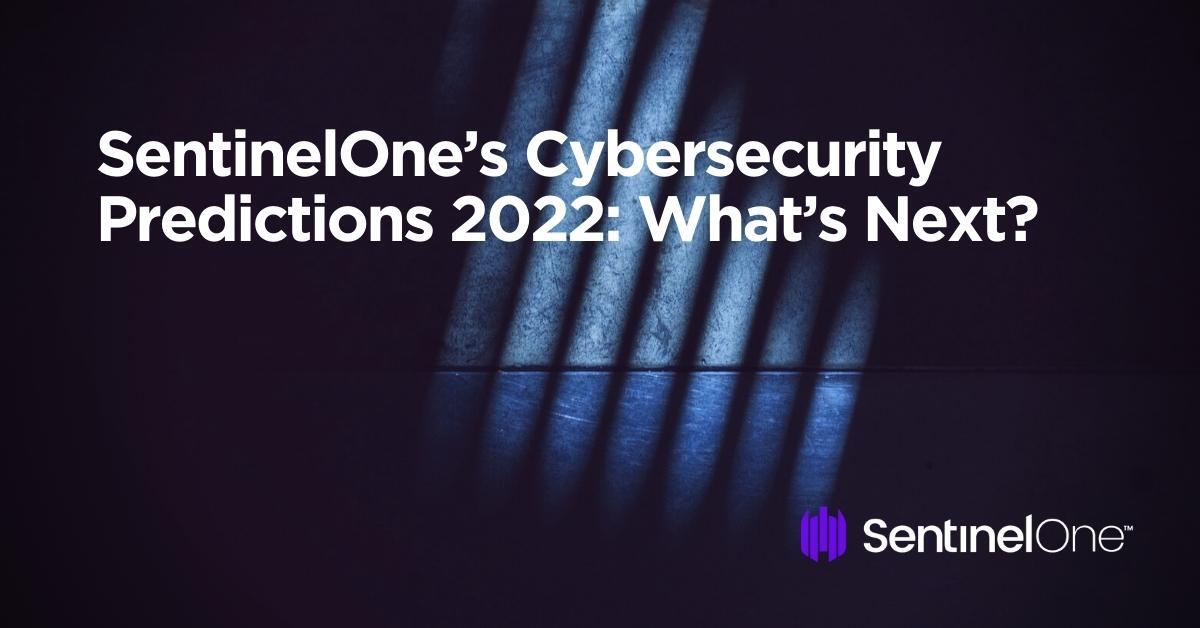Top Cybersecurity Predictions for 2024: Stay Ahead of Emerging Dangers
As we come close to 2024, the cybersecurity landscape is poised for substantial transformation, driven by emerging dangers that companies need to not just anticipate however additionally purposefully address. With regulative adjustments on the horizon and a vital focus on cybersecurity training, it is imperative for organizations to reassess their methods to continue to be resistant.
Rise of AI-Driven Assaults
As companies increasingly adopt expert system innovations, the capacity for AI-driven strikes is coming to be a vital issue in cybersecurity. Cybercriminals are leveraging AI to boost the sophistication and effectiveness of their assaults, producing a landscape where traditional safety steps might fail. These assaults can exploit device learning algorithms to identify vulnerabilities in systems and networks, leading to a lot more targeted and harmful breaches.
AI can automate the reconnaissance phase of a strike, enabling enemies to gather vast amounts of information quickly (Deepfake Social Engineering Attacks). This ability not only reduces the moment needed to introduce a strike however likewise increases its accuracy, making it harder for defenders to prepare for and minimize dangers. Furthermore, AI can be made use of to develop convincing phishing schemes, create deepfake material, or manipulate data, better making complex the cybersecurity landscape
Organizations should focus on the combination of AI-driven cybersecurity remedies to respond to these emerging dangers. By employing innovative hazard discovery systems, organizations can enhance their capability to identify and neutralize AI-generated assaults in genuine time. Continual financial investment in training and recognition programs is likewise important, as it furnishes staff members to identify and react to prospective AI-driven threats properly.
Enhanced Ransomware Elegance
The surge of AI-driven strikes is not the only pattern reshaping the cybersecurity landscape; ransomware attacks have likewise advanced, becoming significantly innovative and targeted. As cybercriminals refine their methods, organizations face increased risks that call for adaptive techniques to reduce possible damages.
Modern ransomware threats now leverage progressed techniques, such as double extortion, where attackers not only encrypt data but additionally intimidate to leak delicate info if their demands are not fulfilled. This includes an added layer of stress on victims, frequently engaging them to pay ransoms to safeguard their credibilities and customer trust.
Furthermore, using automated tools and artificial intelligence algorithms by perpetrators has structured the attack process, allowing them to determine vulnerabilities much more efficiently and tailor their methods against particular targets. Such developments have caused an alarming surge of attacks on important framework, medical care systems, and supply chains, highlighting the need for durable cybersecurity structures that prioritize real-time danger detection and action.
To respond to these progressing risks, organizations must invest in detailed training, progressed safety and security technologies, and incident response plans that include lessons gained from previous ransomware events, guaranteeing they remain one action ahead of significantly complex assaults.
Growth of IoT Vulnerabilities
With the fast expansion of the Net of Points (IoT), susceptabilities related to these interconnected tools have come to be a critical concern for organizations and individuals alike. The spreading of smart gadgets, from home appliances to commercial sensors, has developed an expansive attack surface area for cybercriminals. Many IoT gadgets are released with minimal security methods, commonly using default passwords or outdated firmware, making them prone go to this website to exploitation.
As tools come to be interconnected, the potential for massive strikes increases. Compromised IoT gadgets can serve as access factors for assaulters to infiltrate more safe networks or launch Dispersed Rejection of Solution (DDoS) assaults. The lack of standardization in IoT safety and security measures further intensifies these vulnerabilities, as differing manufacturers carry out varying levels of safety and security
Furthermore, the enhancing refinement of malware targeting IoT tools positions significant dangers. Hazard stars are consistently developing brand-new approaches to exploit these weaknesses, causing prospective information breaches and unauthorized access to delicate info. As we move right into 2024, companies need to prioritize IoT safety and visit this site right here security, applying robust steps to protect their networks and alleviate the dangers connected with this swiftly growing landscape.
Governing Changes Influencing Safety And Security

In 2024, we expect to see more rigorous compliance demands for organizations, especially those that manufacture or release IoT gadgets. The intro of policies such as the European Union's Cyber Durability Act and updates to existing frameworks like the NIST Cybersecurity Framework will certainly stress security deliberately. Organizations will certainly be mandated to carry out robust security steps from the preliminary stages of item advancement, guaranteeing a positive position versus potential vulnerabilities.
Moreover, regulatory bodies are most likely to enforce substantial charges for non-compliance, compelling businesses to prioritize cybersecurity financial investments. This shift will not only improve the total security pose of organizations however will certainly additionally cultivate a society of responsibility in shielding user data. As guidelines tighten up, the onus will significantly drop on companies to demonstrate conformity and protect versus the ever-evolving dangers in the digital landscape.
Emphasis on Cybersecurity Training
Organizations' commitment to cybersecurity training is ending up being progressively vital as dangers develop and assault vectors multiply. With cybercriminals constantly creating sophisticated methods, it is paramount for workers at all degrees to recognize the dangers and acknowledge their role in mitigating them. Comprehensive training programs furnish team with the understanding and skills necessary to recognize potential dangers, such as phishing attacks, social engineering methods, and malware.
Additionally, a society of cybersecurity Our site awareness fosters caution among workers, lowering the possibility of human mistake, which remains a significant vulnerability in several companies. Frequently upgraded training components that show the current dangers will certainly guarantee that team stay educated and qualified of reacting successfully.


In 2024, organizations will likely focus on recurring education and simulation exercises, allowing workers to exercise their action to real-world circumstances. Partnership with cybersecurity professionals for tailored training options might additionally become much more commonplace. Inevitably, buying worker training not just reinforces an organization's protection pose but additionally grows a positive strategy to cybersecurity, strengthening the concept that safety is a common responsibility throughout the venture.
Conclusion
To conclude, the cybersecurity landscape in 2024 will certainly be shaped by the surge of AI-driven attacks, increasingly sophisticated ransomware tactics, and the development of susceptabilities related to IoT gadgets. Regulatory adjustments will certainly require enhanced conformity procedures, highlighting the significance of incorporating safety and security by design. In addition, a solid focus on extensive cybersecurity training will certainly be crucial in cultivating an organizational culture resilient to arising risks. Proactive adjustment to these trends will be important for efficient protection methods.